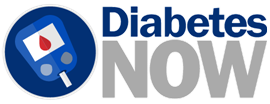Premier - Local Endocrinologist
-
Postprandial Glucose
A postprandial glucose test is a blood glucose test that determines the amount of glucose, in the plasma after a meal. The diagnosis is typically restricted to postprandial hyperglycemia due to lack of strong evidence of co-relation with a diagnosis of diabetes.
-
Controlling Post Prandial Glucose With Meal Time Insulin
PPG is postprandial glucose, it’s a measurement of what the blood sugars are after a meal. Typically after you eat, the body makes insulin, and that helps to control the sugars after the food has been digested. I
PPG can influence the A1C levels. The A1C is a measurement of the average blood sugar for the past three months or so.









